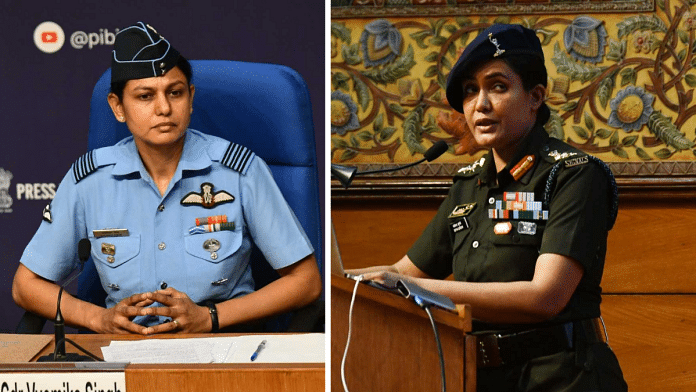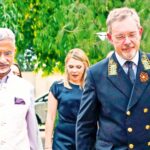Qureshi and Singh weren’t just answering the terrorists who killed to spread terror and create divide on religious lines. They were also answering the ones within India who, in different ways, keep feeding that same communal divide. It was a reminder that the real fight isn’t just across the border—it’s also here, in how we choose to see each other. Operation Sindoor, thus, wasn’t just a strike across the Line of Control. It was an act of defiance against everything that wants to split this country from the inside. And that’s a real victory for the idea of India: countering exclusion with inclusion, and standing united in our fight for justice through a shared sense of belonging.
The fact that two women led the joint briefing wasn’t just a matter of representation—it was a strong response to the terrorists themselves. The attackers reportedly spared women and children, telling them to “go and tell Modi what happened”. That was meant as a threat. But what they probably didn’t expect was that it would be women standing at the front, delivering the response. Not just witnessing the violence, but carrying the weight of justice too. It was symbolic, yes—but it also felt deeply personal. A message that women don’t just survive the aftermath; they can also shape what comes next.
It’s easy to talk about justice in numbers—count the dead, count the strikes, count the days. But sometimes, justice is also in the small things that follow. In who gets to speak. In who refuses to be reduced to fear. In the way the country chooses to respond—not just with firepower, but with clarity about who we are, and who we refuse to become.
Operation Sindoor was a military response, but it was also something more. A reminder that the answer to hate isn’t just defence. Sometimes it’s dignity. Sometimes it’s just standing still, holding the line, and refusing to give in to the very divisions the attackers wanted to deepen. And in that sense, Colonel Qureshi and Wing Commander Singh briefing together said more than any statement could. Two women. Two uniforms. Two identities. Together, they became the image that stayed.
And maybe that’s the real message that day carried: the most powerful thing we can do in the face of hate and terror is to not become what it wants us to be.








